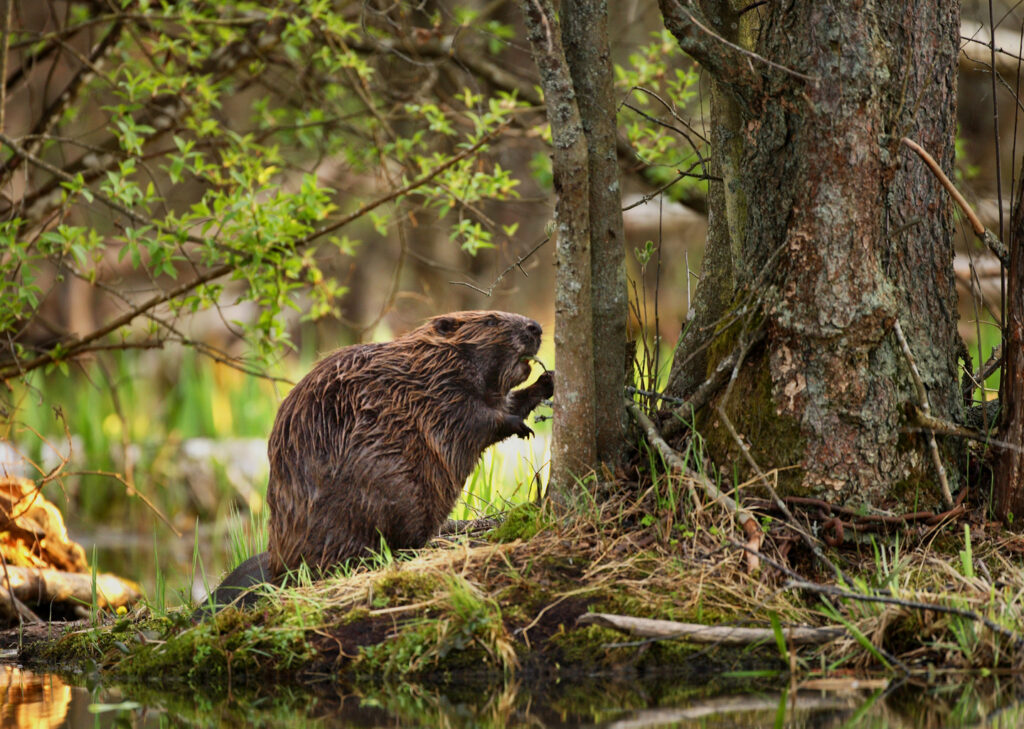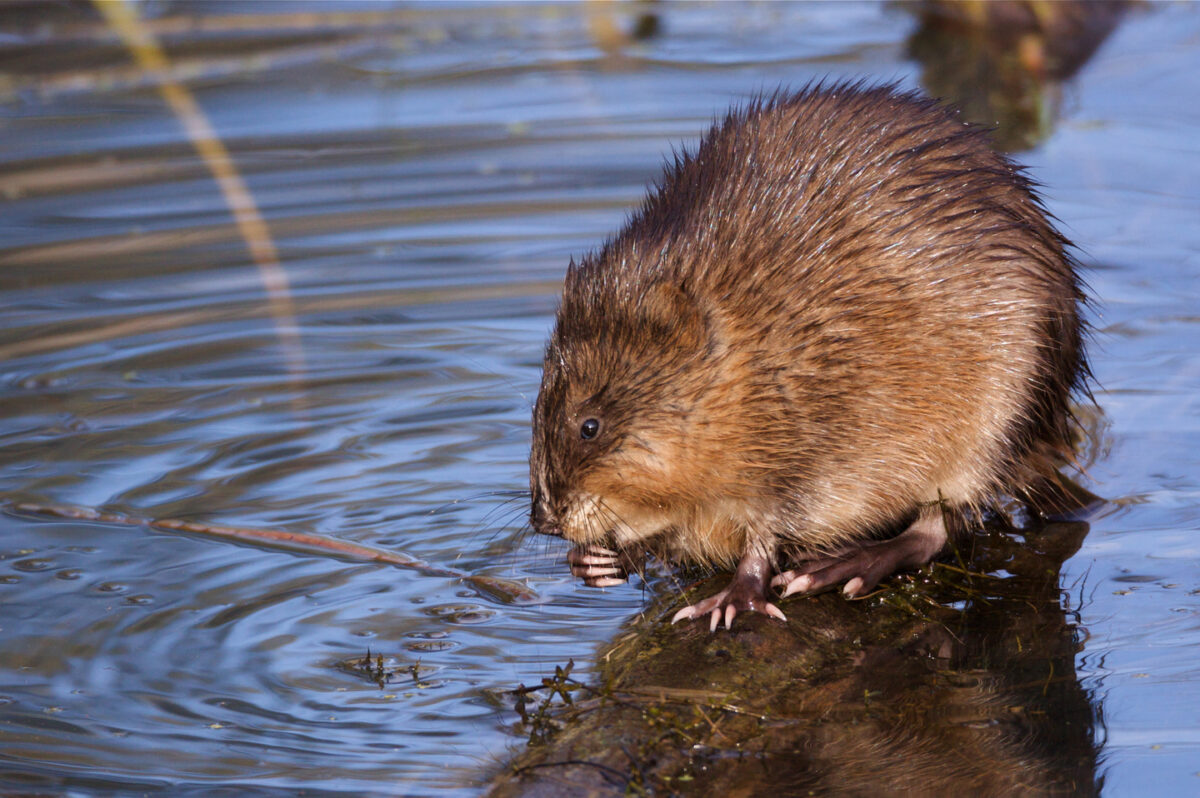
Beaver
Zoological Information
- The scientific name of the beaver is Castor canadensis.
- Beavers belong to the family Castoridae.
- The most substantial amphibious representative within the rodent family.
- Beavers are native to the North American and Eurasian continents. They are found in various countries in these regions.
- North American beavers generally have a lifespan of 10–12 years, although they can extend their lives up to 30 years.
- On the other hand, Eurasian beavers, on average, live around 7–8 years but can potentially reach up to 25 years.
Habitat and fibre production
- Beavers are adaptable animals and can inhabit various environments, including lakes, rivers, streams, and wetlands.
- The finest quality of beaver fur is found in Canada, the northern United States, and Alaska.
- Beavers from the northern regions boast the longest fur.
- In contrast, southern beavers have thicker fur but are more affordable compared to their northern counterparts.
- These are primarily herbivores, and their diet consists mainly of plant material such as tree bark, aquatic plants, crops, and herbaceous plants.
Features
- Beaver fur is known for its excellent insulation properties.
- The outer guard hair layer of beaver fur contains long, coarse guard hairs that are water-resistant, helping to keep the underfur dry.
- It’s a marine creature adorned with glossy, coarse outer fur and a remarkably dense and soft undercoat.
- Beaver felt was known for its softness, and durability.
- Originating from a beaver with a weight of approximately 20 kilograms, the fur exhibits an average fibre diameter of 15.8 microns.
- The fur could exhibit a dark brown hue on the back, transitioning to a light golden brown on the sides, or it might uniformly display a pale or silvery colouration.
- The fur fibre of the Canadian beaver is characterized by a blue-brown hue, whereas other animals exhibit a range of shades from light brown to pale tawny.
- Beaver fur is employed in its natural state as well as after being plucked or sheared.
Typical uses
- Historically, indigenous peoples and early settlers used beaver fur for clothing, including hats and coats
- Beaver fur, similar to muskrats, is highly regarded for producing felt hats.
- Beaver fur was sometimes used for decorative purposes, such as trimming garments or creating ornamental accessories.
- The water-resistant and insulating Beaver fur properties made it suitable for including gloves and boots.
- Beaver pelts were a valuable commodity in the fur trade industry.
- European settlers and traders engaged in the fur trade with indigenous peoples, exchanging goods for beaver pelts.
- Presently, the fur is employed for crafting fur coats and trimming both fur and fabric apparel.

















